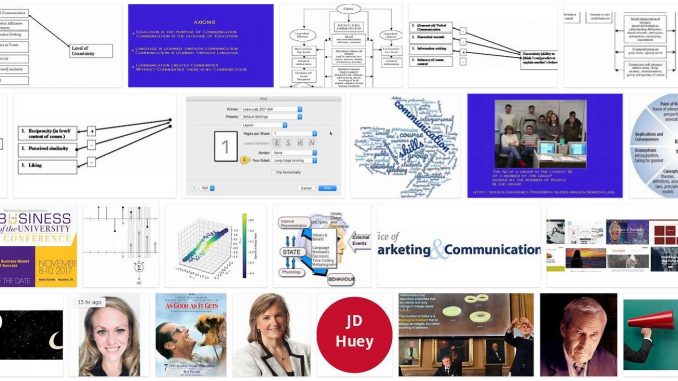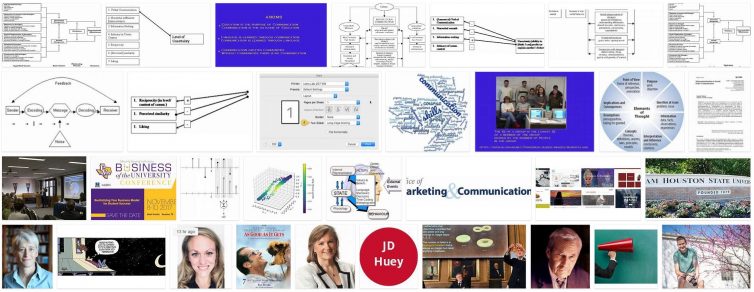
The axioms of communication are five truths established in human communication.
The psychologist Paul Watzlawick identified five axioms in relation to the communication of the human being and that are considered obvious:
First axiom: It is impossible not to communicate.
In relation to the first axiom of communication, an example can be an encounter between two people in which one of them transmits information verbally to the other. This person may remain silent, but that silence is also transmitting information, so, from Watzlawick’s point of view it is impossible not to communicate.
Second axiom: There is a level of content and a level of communication.
An example can be a conversation in which a person asks: “Do you know what time it is?” At a content level, it seems clear that the person is asking for information regarding the time they are in, but on a communication level that person may be transmitting more information such as “You’re late” or simply: “I don’t know what time is and I would like you to tell me. ”
Third axiom: The nature of a relationship is established based on the score or gradation that the participants make of the communicational sequences.
It consists in the interpretation of the messages exchanged and how they influence the communicative relationship that is established. In many cases a response is considered to be a consequence or effect of previous information when the communicative process is part of a feedback system.
A classic example can be seen in a relationship in which one of the people (A) scolds the other (B) and as a consequence, (B) retracts. Because of this attitude, (A) reprimands (B). This situation is reciprocal and repetitive and can serve as an explanatory example of the third axiom.
Fourth axiom: There are two modes of communication: digital and analog.
In this case, digital communication corresponds to what is said and analog communication refers to how it is said.
An example of the fourth axiom may be a dialogue between two people. One of them may say: “Pass, please, I was waiting for you” (digital communication) while making a hand gesture that can indicate, for example, impatience (analog communication).
Fifth axiom: Communication can be symmetric and complementary.
In symmetric communication there is some equality in behavior. Complementary communication corresponds to a communicative process in which participants exchange different types of behaviors and their behavior is, in this relationship, complementary. It can be of superiority or inferiority.
Some examples of the fifth axiom of communication may be a relationship in which there is a symmetric communication in which the two are at the same level and reproduce behaviors. For example: one of them criticizes one attitude and the other person responds by criticizing another attitude. An example of complementary communication can be between a father and a son in which the child expresses a question or a doubt and the father responds with advice or a solution.
